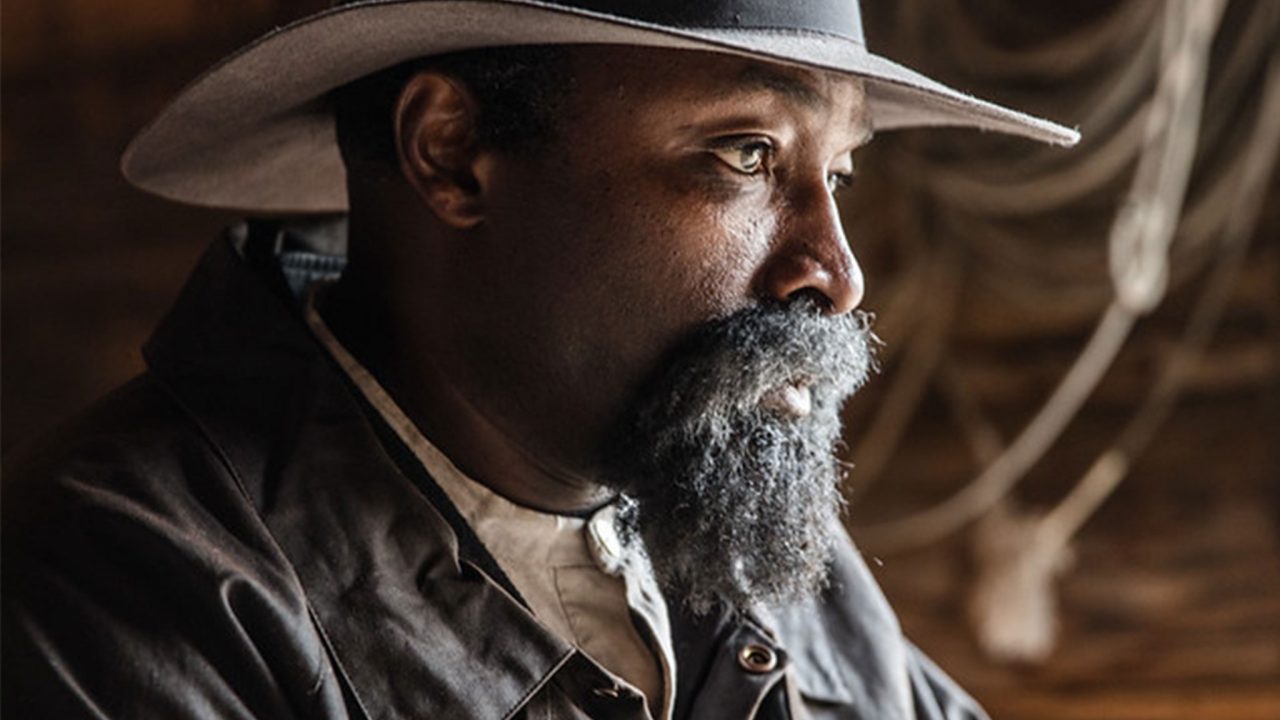
Kids in Sports | The Resilience of the Human Spirit
Kids in Sports | The Resilience of the Human Spirit
Resilience and Community Through Sports
When thinking about some of the biggest recent highlights in the Canadian sports world, among the events that leap to mind are the Toronto Raptors winning the NBA championship, Andre De Grasse becoming a viable contender against the great 100-metre Olympic Gold medalist Usain Bolt, and the Vancouver Canucks losing to the Boston Bruins in the 2011 Stanley Cup Final.
These historic moments involved players from different cultures, age groups and economic backgrounds. One could argue that sports and athleticism have the ability to unite individuals from different worlds, in addition to bringing out a player’s boundless determination, resilience and drive for excellence.
The following three films showcase the spirit of young athletes who have overcome obstacles, defied cultural stereotypes, and redefined not only themselves but the sport in which they’ve competed.
Hope for the Future: NBA Culture in Toronto
Suggested age range: 14-to-19-year-olds
What are the traits of athletes who excel, or hope to excel, in major league sports?
True North E1 – The Roots & The Rise, Ryan Sidhoo & Ryan Sidhoo, provided by the National Film Board of Canada
True North is a nine-episode series that documents the journey of a coach and a team of high school players who aspire to make it to the NBA.
The film focuses on a high school team in Toronto to explore how basketball is quickly becoming a key component of many young Canadians’ identities, especially those living in Canada’s largest city. By contrasting the perspectives of the coaches and the players, the film shows the level of determination and perseverance players must have to achieve their dreams. These journeys highlight the power of youthful optimism, grit and perseverance. Each episode spotlights individual players, revealing how dedication to a professional sport can influence every aspect of a young person’s life, such as their relationship to their family and community, as well as their personal identity. The series also suggests that sports can be a means for young people from disadvantaged neighbourhoods to develop hope for the future and healthy relationships with positive role models.
This is a great series for looking at the ongoing shifts in Canadian identity, as basketball increasingly becomes an important part of young peoples’ dreams, passion and identity. Also, a younger audience can connect with the themes of overcoming adversity and finding opportunities in unlikely places.
Identity, Race and Hockey
Suggested age range: 12-to-18-year-olds
How can hockey be more inclusive to players of diverse backgrounds?
Ice Breakers, Sandamini Rankaduwa, provided by the National Film Board of Canada
In contrast to True North, Ice Breakers takes viewers to the Maritimes and focuses its lens on 17-year-old Josh Crookes, a Black AAA hockey player, highlighting not only his journey as a developing competitive hockey player but also the hurdles that non-white players face in a predominantly white sport. Unlike the other films in this post, the focus on resilience here is less about overcoming obstacles related to sport and more about obstacles related to issues of identity and race.
The film also informs viewers about the Coloured Hockey League (CHL) and its historical contributions to communities in the Maritimes and to the sport of hockey in general. This is an important film for all Canadians, as it chronicles Canada’s unfortunate history of racism towards Black hockey players and the role that the CHL played in supporting emerging Black hockey players.
Ice Breakers balances criticism and hopefulness by juxtaposing the historical challenges of Black hockey players with the story of an emerging Black hockey star. The film refrains from portraying modern hockey culture as free from bias and racism, and in doing so provides viewers and educators many opportunities for structured discussion on ideas related to race, culture, identity and sport.
Pushing Cultural Boundaries Through Sports
Suggested age range: 16+
What role can sport play as a vehicle for political and social activism?
The Boxing Girls of Kabul, Ariel Nasr, provided by the National Film Board of Canada
Lastly, The Boxing Girls of Kabul is a feature-length documentary that brings viewers to Afghanistan to witness the journey of a group of Afghan women who dream of representing their country in boxing at the 2012 Olympics. The film opens ominously with hidden-camera footage of women being persecuted in Afghanistan’s Olympic Stadium by the Taliban in 1999. The tone quickly shifts to 2012 with scenes of young female boxers training in an Afghan gym.
The financial and political obstacles these women face in their quest for the Olympics are explored through interviews and still photos. These female boxers also share how they’re using the sport of boxing to bring international awareness to Afghanistan and uplift women in their country. The film serves to showcase how far women have come in terms of freedom of expression and individual rights, while at the same time highlighting the continued lack of access to resources for women in Afghanistan.
Although The Boxing Girls of Kabul does take a positive look at the advancement of the rights of women, it also acknowledges the precarious nature of these gains, as the Taliban is still a presence and a threat to women’s rights in this country. Despite this ever-shifting tension in the film, boxing is consistently portrayed as a vehicle for strengthening identity, resilience, and cultural expression. The film does not offer any unrealistic perspectives on what it means to be a female boxer in Afghanistan, and at the end of the documentary viewers are left with the sense that the future of these women may still be filled with challenges and dangers. But above all, The Boxing Girls of Kabul captures the essence of all sports—the ability to unite us all by celebrating the resilience of the human spirit.
Pour lire cet article en français, cliquez ici.
Discover more Educational blog posts | Watch educational films on NFB Education | Subscribe to the NFB Education Newsletter | Follow NFB Education on Facebook | Follow NFB Education on Twitter | Follow NFB Education on Pinterest



